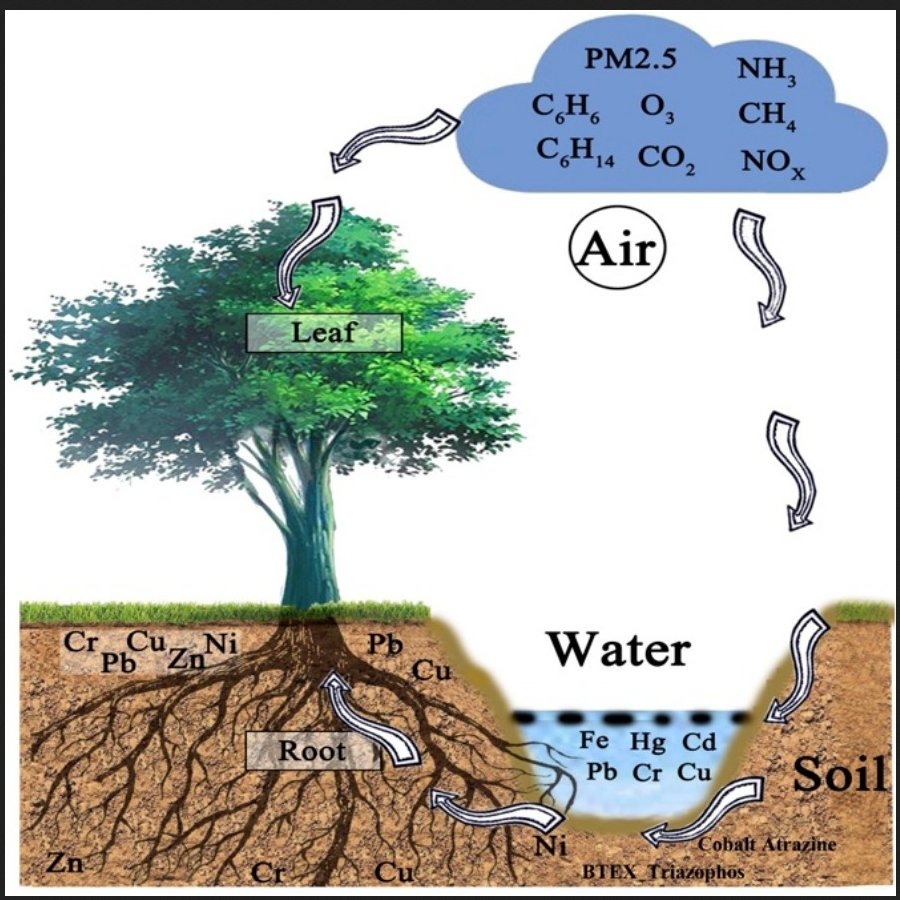A review on phytoremediation of contaminants in air, water and soil
New publication by Zihan Wei, Quyet Van Leb, WanxiPeng et al.

Abstract:
There is a global need to use plants to restore the ecological environment. There is no systematic review of phytoremediation mechanisms and the parameters for environmental pollution. Here, we review this situation and describe the purification rate of different plants for different pollutants, as well as methods to improve the purification rate of plants. This is needed to promote the use of plants to restore the ecosystems and the environment. We found that plants mainly use their own metabolism including the interaction with microorganisms to repair their ecological environment. In the process of remediation, the purification factors of plants are affected by many conditions such as light intensity, stomatal conductance, temperature and microbial species. In addition the efficiency of phytoremediation is depending on the plants species-specific metabolism including air absorption and photosynthesis, diversity of soil microorganisms and heavy metal uptake. Although the use of nanomaterials and compost promote the restoration of plants to the environment, a high dose may have negative impacts on the plants. In order to improve the practicability of the phytoremediation on environmental restoration, further research is needed to study the effects of different kinds of catalysts on the efficiency of phytoremediation. Thus, the present review provides a recent update for development and applications of phytoremediation in different environments including air, water, and soil.
